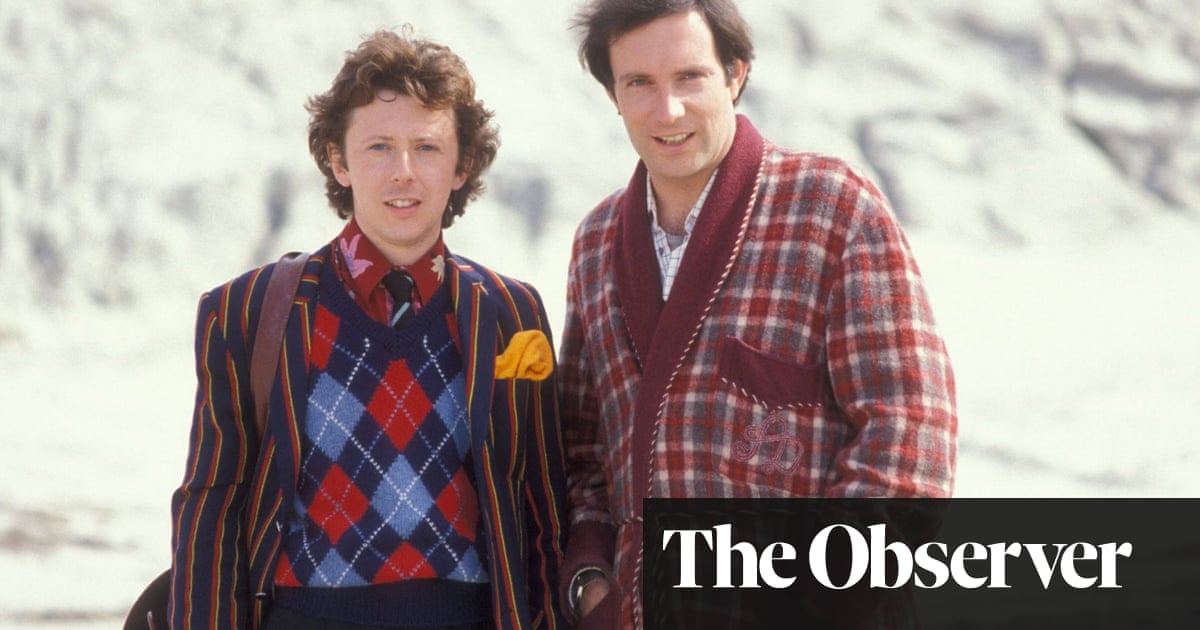
An ancient Egyptian sarcophagus has been a prized object in Perth Museum since it was donated to the Scottish collection in 1936. Now the face of the woman mummified and buried inside it about 2,500 years ago has been brought to life in a dramatic digital reconstruction.
The curators and expert who recreated her believe she was a black woman from the kingdom of Kush, one of the largest empires in the ancient world, which took control of Upper Egypt and whose lands included modern-day Sudan. The reconstructed head and her sarcophagus will feature in the museum’s forthcoming exhibition, Waters Rising, opening on 8 November.
Dr Chris Rynn, a craniofacial anthropologist and forensic artist, realised the woman inside the sarcophagus had a skull shape that was not classically Kemetic ancient Egyptian. He told the Observer: “The skull shape doesn’t look like any of the ancient Egyptians that I’ve seen before. Kemetic skulls normally have narrow long craniums, more prominent narrow noses and longer faces.
“As you reconstruct the face, you’ve got no control over its shape because it’s all locked to the skull by the scientific method. I don’t have any artistic licence until the final stage, when the photo-realistic textures and colour are added.”
Rynn believes it is highly likely the woman was black, and that this theory matches the history and archaeology of the area.
The hieroglyphics on the woman’s sarcophagus show that the individual buried in it was named “Ta-Kr-Hb” or “Takerheb”. She is believed to have been a priestess or princess who died in her thirties and had suffered heavy tooth decay. She is thought to have lived during the 25th-26th dynasty (c. 760-525BC).
Dr Mark Hall, the museum’s collections officer, said: “What we now know from Chris’s facial reconstruction is that the female is Kushite. She’s from the kingdom of Kush, which was a neighbour of Ancient Egypt in Sudan.
“At this particular time, 2,500 years ago, that’s when the Kushite empire conquered Egypt. You get a whole sequence of black, Kushite pharaohs.”
Rynn works primarily with international police, helping to identify bodies, producing a likeness from a skull so friends and family might recognise the individuals. He said: “The face on the sarcophagus is totally different – a long face with a long narrow nose. I looked into how unusual it is that the sarcophagus did not look like its inhabitant. It was quite common. But, on the inside of the lid, there’s a painting of a woman with much darker skin.”
In Rynn’s portrayal, the woman is bald. He said: “All the priestesses and priests would have shaved every hair off the body because they were embalming dead bodies. It was both ceremonial and a hygiene thing. If she was a princess, she probably would have shaved her head, too, but she might have worn a ceremonial wig.”
The imagery on the sarcophagus includes the goddess Maat, whose role in the underworld was to weigh an incoming soul against a feather.
João Philippe Reid, the museum’s exhibitions manager, said: “We’re very interested in exploring hidden histories and marginalised stories, looking at places where museum collections are not representative of the perspectives and experiences of societies today, and in the past. Seeing a Sudanese face appear is really exciting. These histories are hiding in plain sight.”
The sarcophagus is thought to have been discovered in the late-19th century and sold from a museum in Cairo to an Alloa businessman and civic official. It is thought to have emerged from Akhmim, a regular stop on the Nile for 19th-century travellers. The sarcophagus came to Alloa in about 1892 and was subsequently donated to Perth.
The museum’s collection includes the Stone of Destiny, also known as the Stone of Scone, used to crown kings and queens of the United Kingdom today.
Waters Rising has climate change as its theme, explored from a historical perspective. The sarcophagus had been damaged by flooding of the Nile.
Hall said that it is “exciting” to see Ta-Kr-Hb’s face: “We hope it gives visitors the feeling that here’s someone you can readily relate to as another human being.”












